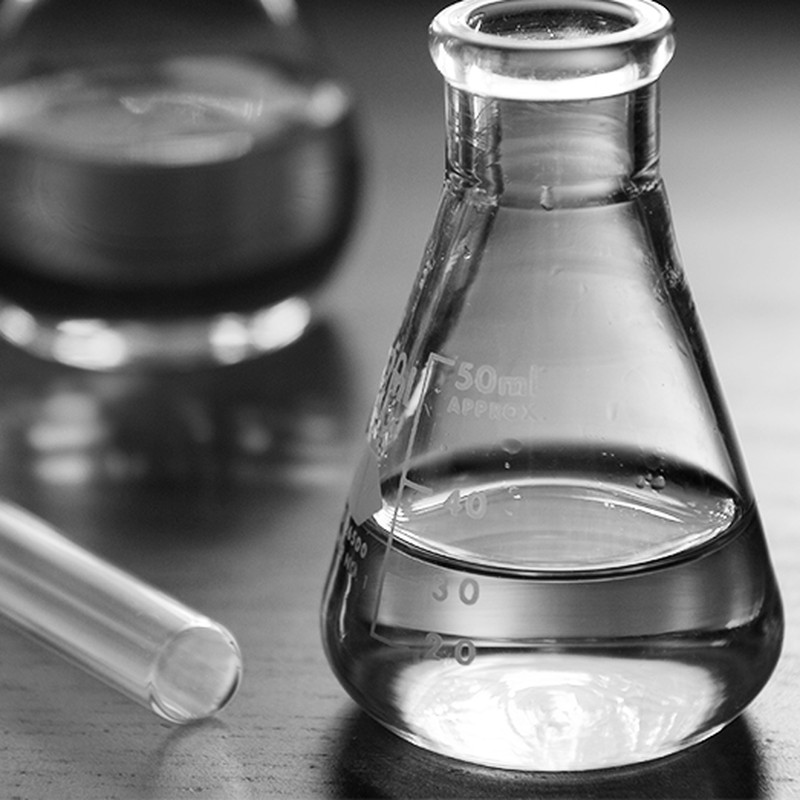UK Acid Attacks: What You Need To Know
What’s the latest?
Last weekend saw two separate acid attacks carried out around the capital. In the early hours of Sunday morning, three people were rushed to hospital after a suspected acid attack outside a nightclub in Dalston. Two men, aged 22 and 27, and a 17-year-old boy suffered “life-changing” injuries.
Then, on Monday 7th May, a woman in her twenties was attacked in broad daylight – around 1:45pm – in Brixton. Horrified witnesses described the victim being hosed down with water by firefighters outside Brixton station. Both incidents are currently being treated as GBH.
How common are attacks in the UK?
According to Acid Survivors Trust International (ASTI), Britain has one of the highest rates of acid attacks per capita in the world. London has the highest number of acid crimes in the UK, and ASTI's figures reveal the number of recorded attacks in the capital has increased exponentially in recent years, from 77 in 2012 to 465 in 2017.
Police data from the first 11 months of 2017 showed that UK acid attacks are predominantly a male-on-male crime, affecting younger men in particular. More than 71% of suspected attackers and 72% of victims were male, with the majority of attackers and victims being between the ages of ten and 29.
Specifically, the East London borough of Newham had the highest rate of acid attacks. It borders Hackney, which also saw a spate of attacks in the summer. Barking and Dagenham was the second biggest hot spot, whereas wealthier areas such as Kensington and Chelsea had the lowest level of attacks.
Why is it happening?
The rate of violent crime as a whole is rapidly rising in the UK, with London’s murder rate recorded as being higher than New York City's for the first time ever earlier this year. Police believe many acid attacks are gang-related, which explains the rocketing number of cases in small areas of major cities. Acid attacks also appear to be an act of “deliberate humiliation”, as many cases have included the attackers filming their victims or circulating material on social media.
Corrosive substances are also incredibly easy for people to get hold of. While some of the most severe assaults have been carried out using sulphuric acid, which is a restricted substance, dozens of other corrosive liquids that are more readily available have been used in attacks around the UK, and many are not covered by existing bans and voluntary sales restrictions.
DISCLAIMER: We endeavour to always credit the correct original source of every image we use. If you think a credit may be incorrect, please contact us at info@sheerluxe.com.


